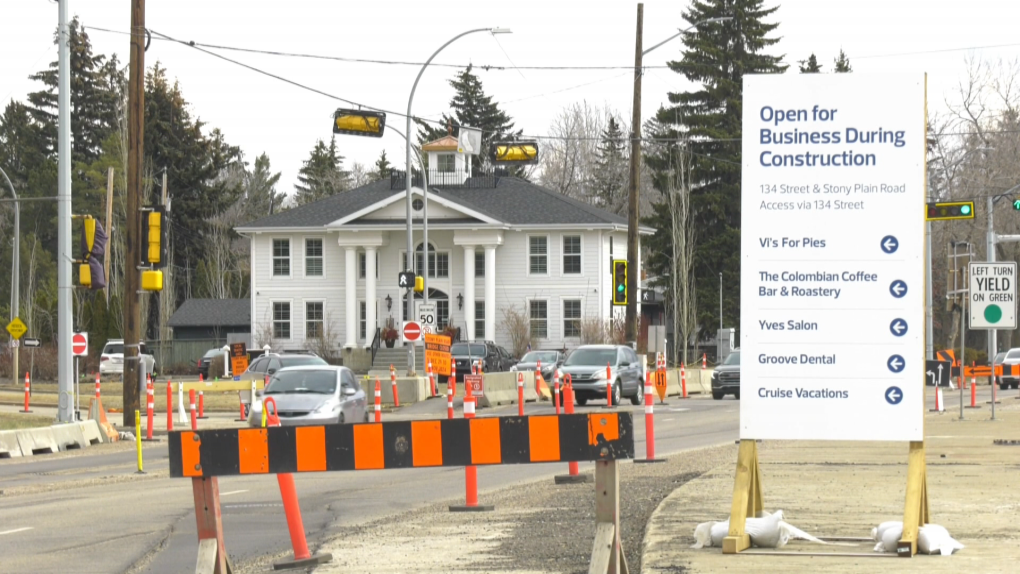So do you think crossing arms should be installed at every or most intersections then to prevent possible collisions with pedestrians, bikes, vehicles or only at a few of the riskiest?
Yes, it would need to be a measured approach. Transed and the City would need to consider all the variables at play. Part of that article focuses on the size of the trains here versus other places in the world in addition to the trains traveling at higher speeds along certain corridors. That poses an increased risk for the greater number of people on the trains here and makes it harder for the train to stop quickly in emergency situations. In other places, the trains/trams travel at slower speeds with less people on board. The article quotes an official from Melbourne as saying the greatest risk in accidents with trains is people on board the trains. Why? They don't have seat belts, they are standing, etc.
Another variable is the complexity of intersections along the line. Where do drivers or pedestrians have difficult or complex interactions with their surroundings before a train is added into the mix? Whyte Ave/83 Ave is one, 75 Street, Argyll, are others. Pedestrians have to consider multiple factors, multiple lanes of traffic and drivers face similar factors. In downtown, there is less risk because of the speed of the train, speed of traffic, amount of lights and the reduction in lanes of traffic for pedestrians, drivers and cyclists.
The big question for me is whether drivers will actually improve their driving habits? I would argue not; accidents will continue to occur, because humans get distracted, have little patience, drive in poor conditions, make poor choices, etc. While total crashes have declined in Edmonton since 2015, there have been various policy changes in that time span including the vision zero campaign, reducing the speed limit, school zone restrictions, etc. Adding crossing arms at certain intersections, whether it is at most or a smaller number of intersections based on data and current design(s), would be a policy choice the City makes to help reduce crashes because it eliminates or at least reduces the chance a driver or pedestrian makes a poor choice.
It is idealistic to assume that people will adjust fully over time. While that sentiment does have
some merit, it can't account for
all the other variables where accidents occur. If the City and we as the community are able to accept the increased risk, then so be it, but we must acknowledge that certain parts of our line have a greater risk than low floor lines in other parts of the world.

